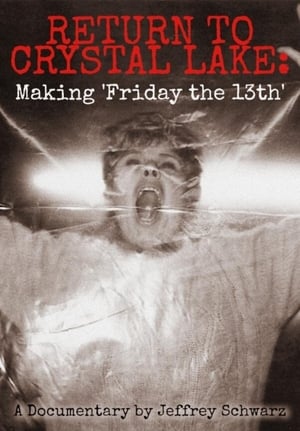

15(NaN)
Ibuka follows Valentine and Jean-Claude, a new couple, at the very beginning of the civil war and the massacres that swept through Rwanda in 1994. Living in Kigali, the national capital, these young parents make numerous attempts to escape the killings with their newborn. Ibuka is a poetic work filled with tenderness and clarity about a historical tragedy, experienced through the intimacy and formation of a young family forever bonded.

Movie: 15

Ibuka
HomePage
Overview
Ibuka follows Valentine and Jean-Claude, a new couple, at the very beginning of the civil war and the massacres that swept through Rwanda in 1994. Living in Kigali, the national capital, these young parents make numerous attempts to escape the killings with their newborn. Ibuka is a poetic work filled with tenderness and clarity about a historical tragedy, experienced through the intimacy and formation of a young family forever bonded.
Release Date
Average
0
Rating:
0.0 startsTagline
Genres
Languages:
FrançaisKeywords
Similar Movies
 8.2
8.2The Boy, the Mole, the Fox and the Horse(en)
The unlikely friendship of a boy, a mole, a fox and a horse traveling together in the boy's search for home.
 0.0
0.0Mount Lawrence(en)
Chandler Wild, A New York based filmmaker, travels 6,700 miles to the end of the road in Alaska to honor his deceased father by naming a mountain after him.
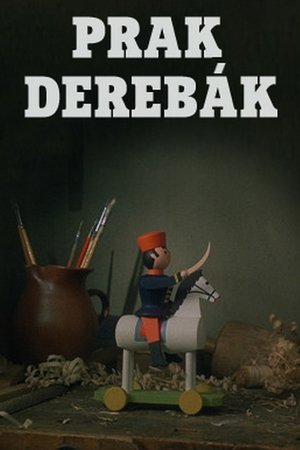 0.0
0.0The Naughty Slingshot(cs)
A stop-motion animated fairy tale about good and evil using wooden folk toys.
 5.2
5.2Rubik's Cube(ru)
Animated TV magazine for schoolchildren, including the cartoons "A Box with Pencils", "Have You Seen a Hare?" and "Rubik's Cube - clowning".
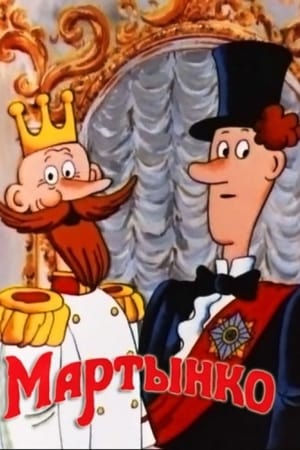 7.0
7.0Martinko(ru)
Martynko, while in the guardhouse, found a deck of magic cards with which he could easily beat anyone! He made a quick career to the customs minister, robbing all foreigners to the skin right at the border crossing. However, the princess's unrequited feelings led to the end of his career, and he was abandoned in the forest. After eating wonderful apples, he develops a plan of revenge.
 6.7
6.7Workers Leaving the Lumière Factory(fr)
Working men and women leave through the main gate of the Lumière factory in Lyon, France. Filmed on 22 March 1895, it is often referred to as the first real motion picture ever made, although Louis Le Prince's 1888 Roundhay Garden Scene pre-dated it by seven years. Three separate versions of this film exist, which differ from one another in numerous ways. The first version features a carriage drawn by one horse, while in the second version the carriage is drawn by two horses, and there is no carriage at all in the third version. The clothing style is also different between the three versions, demonstrating the different seasons in which each was filmed. This film was made in the 35 mm format with an aspect ratio of 1.33:1, and at a speed of 16 frames per second. At that rate, the 17 meters of film length provided a duration of 46 seconds, holding a total of 800 frames.
 7.1
7.1The Story of the Weeping Camel(mn)
When a Mongolian nomadic family's newest camel colt is rejected by its mother, a musician is needed for a ritual to change her mind.
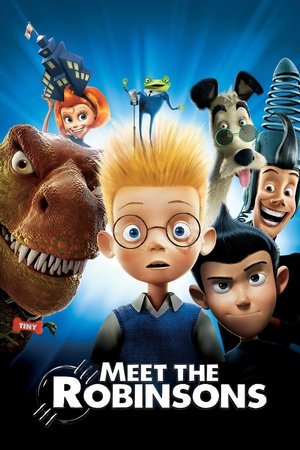 6.9
6.9Meet the Robinsons(en)
Lewis, a brilliant young inventor, is keen on creating a time machine to find his mother, who abandoned him in an orphanage. Things take a turn when he meets Wilbur Robinson and his family.
 6.9
6.9Olympia: Part One – Festival of the Nations(de)
Commissioned to make a propaganda film about the 1936 Olympic Games in Germany, director Leni Riefenstahl created a celebration of the human form. This first half of her two-part film opens with a renowned introduction that compares modern Olympians to classical Greek heroes, then goes on to provide thrilling in-the-moment coverage of some of the games' most celebrated moments, including African-American athlete Jesse Owens winning a then-unprecedented four gold medals.
 6.7
6.7Olympia: Part Two – Festival of Beauty(de)
Commissioned to make a propaganda film about the 1936 Olympic Games in Germany, director Leni Riefenstahl created a celebration of the human form. Where the two-part epic's first half, Festival of the Nations, focused on the international aspects of the 1936 Olympic Games held in Berlin, part two, The Festival of Beauty, concentrates on individual athletes such as equestrians, gymnasts, and swimmers, climaxing with American Glenn Morris' performance in the decathalon and the games' majestic closing ceremonies.
Fanalysis(en)
Actor/cult icon Bruce Campbell examines the world of fan conventions and what makes a fan into a fanatic.
 8.2
8.2Night and Fog(fr)
Filmmaker Alain Resnais documents the atrocities behind the walls of Hitler's concentration camps.
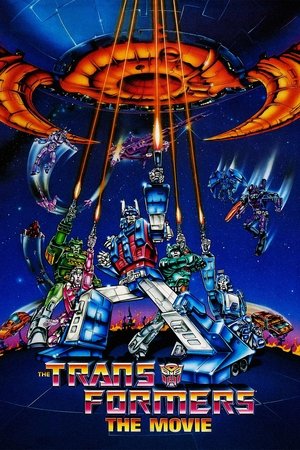 7.1
7.1The Transformers: The Movie(en)
The Autobots must stop a colossal planet-consuming robot who goes after the Autobot Matrix of Leadership. At the same time, they must defend themselves against an all-out attack from the Decepticons.
 7.3
7.3Summer Ghost(ja)
An urban legend says that lighting fireworks at an abandoned airfield will beckon the "summer ghost," a spirit that can answer any question. Three teenagers, Tomoya, Aoi, and Ryo, each have their own reason to show up one day. When a ghost named Ayane appears, she reveals she is only visible to those "who are about to touch their death." Compelled by the ghost and her message, Tomoya begins regularly visiting the airfield to uncover the true purpose of her visits.
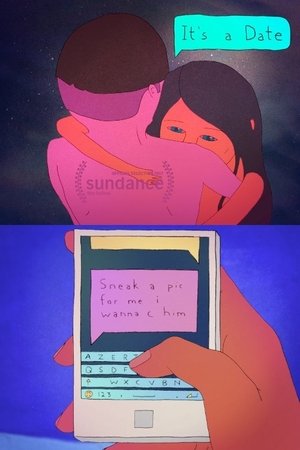 4.3
4.3It's a Date(en)
It’s a Date is a culmination of his preoccupations, a weird but humanistic look at a couple on a first date. It seems to be going well until the man decides to really open up and get (sur)real.
 7.5
7.5Sans Soleil(fr)
A woman narrates the thoughts of a world traveler, meditations on time and memory expressed in words and images from places as far-flung as Japan, Guinea-Bissau, Iceland, and San Francisco.
 7.3
7.3Daybreak Express(en)
Set to a classic Duke Ellington recording "Daybreak Express", this is a five-minute short of the soon-to-be-demolished Third Avenue elevated subway station in New York City.
 6.6
6.62 or 3 Things I Know About Him(de)
What would your family reminiscences about dad sound like if he had been an early supporter of Hitler’s, a leader of the notorious SA and the Third Reich’s minister in charge of Slovakia, including its Final Solution? Executed as a war criminal in 1947, Hanns Ludin left behind a grieving widow and six young children, the youngest of whom became a filmmaker. It's a fascinating, maddening, sometimes even humorous look at what the director calls "a typical German story." (Film Forum)
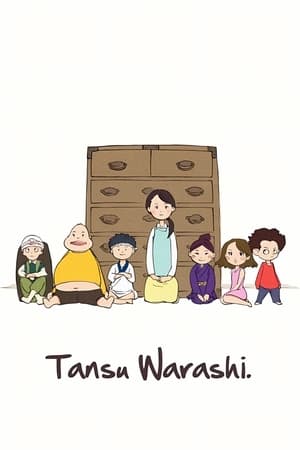 6.3
6.3Drawer Hobs(ja)
The mother of an office lady sends her an old dresser. It's much too big for her small apartment, and the receiver is confused on what to do with it. One night she falls asleep after having a few drinks and wakes up after hearing strange sounds. She sees a child's figure by the table eating some rice crackers just before it slips into the wardrobe, but the wardroebe appears to be empty... Thus her life with six spirit children begins. Submitted by Production I.G for the initial Young Animator Training Project.
